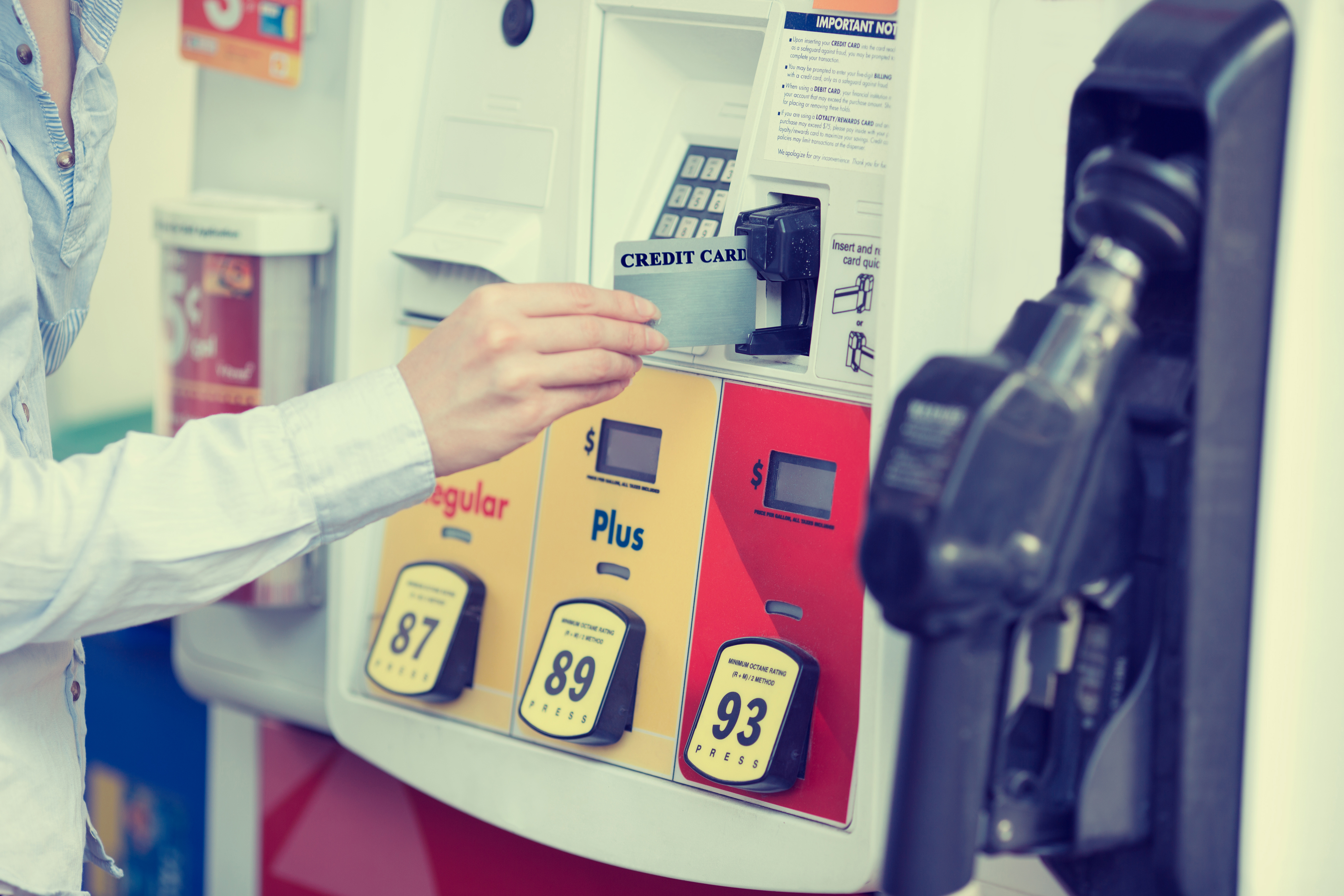
Safety and fuel efficiency make owning a new vehicle very attractive.
If you currently own a gas-powered vehicle you know fuel prices change as often as Wisconsin’s weather. You also know there seems to be a consistent “coincidence” between heavy travel times like Memorial Day, Labor Day and Thanksgiving and a surge of prices at the pump.
The Covid-19 pandemic has fueled a steady rise in gas prices due to logjams created in the global supply chain. The pandemic has also made travel by car the healthiest way to get from point A to point B. And as more Americans become vaccinated, many more people will undoubtedly embark on road trips to destinations far away from the home they’ve holed up in for months.
What vacationers and commuters alike should know, though, is that purchasing a new vehicle may be worth the money. “With the steady increase in gas prices we are seeing an uptick in sedans and hybrid sales,” says Justin Jackson, sales director at Smart Toyota. “We are typically a big hybrid dealer, but we are seeing a bigger increase and we can only believe has prices have a lot to do with it.” New cars, trucks and SUVs are more fuel-efficient than vehicles manufactured just a few years ago, and they come with many more safety features.
“A new vehicle can save a driver an average of $1,502 ($2249-$747) per year in gas,” says Jackson. “That means, on average, $125 saved per month that could be used toward the vehicle’s monthly payment.”
BREAKING IT DOWN: (Based on the average American who drives 15,000 miles per year)
New Hybrid Vehicle at 54 mpg vs. Older Vehicle at 18 mpg
15,000 divided by 54 = 277 15,000 divided by 18 = 833
Uses 277 gallons of gas per year Uses 833 gallons of gas per year
277 x $2.70 = $747 per yr. in gas 833 x $2.70 = $2249 per yr. in gas
“The savings are even greater if you move into a hybrid electric vehicle,” says Jackson.
Jackson says the dealership has seen first-hand how hybrids have grown in popularity. More recently, with the release of the Prius Prime, which has an estimated 54MPG, and 133MPGe, rebirth of the Toyota Venza hybrid and now including the Toyota Sienna (mini-van) hybrid, local consumers are showing a renewed interest in hybrid vehicles. Today, Smart Motors is one of the top Toyota hybrid dealers in the United States.
“Saving money on fuel makes a new car worth it, but there are a number of other good reasons like safety features that make upgrading beneficial,” says Jackson. He lists Toyota’s offering of
- Pre-Collision Systems with Pedestrian Detection
- Dynamic Radar Cruise Control
- Lane Departure Alert, and
- Road Sign Assist as a few examples of technologically advanced features that go beyond anti-lock brakes and air bags.
Easy Tips to Save Money on Gas:
- Download apps like GetUpside that partner with gas stations nationwide to offer discounts to users.
- Use a gas station credit card and/or enlist in their rewards program.
- Don’t use premium if your car calls for regular.
- Wholesale clubs offer discounted fuel to members.
- Refuel before your gauge gets too low.
- Downsize the fuel bill by driving a smaller or more fuel-efficient vehicle.
- Driving faster than the posted speed limit burns more fuel and increases trips to the pump.
- Take some time to empty the trunk, clean out the back seat and remove the luggage rack. The lighter the vehicle, the better the fuel efficiency and the more money you save on gas.
- “Jack-rabbit” starts and hard braking increase fuel usage by as much as 40 percent.
- Check your tires regularly; under-inflated tires increase resistance and fuel consumption by up to six percent.
- Consolidate trips and errands to cut down on driving time can eliminate hundreds of miles – and dozens of gallons of gas.



